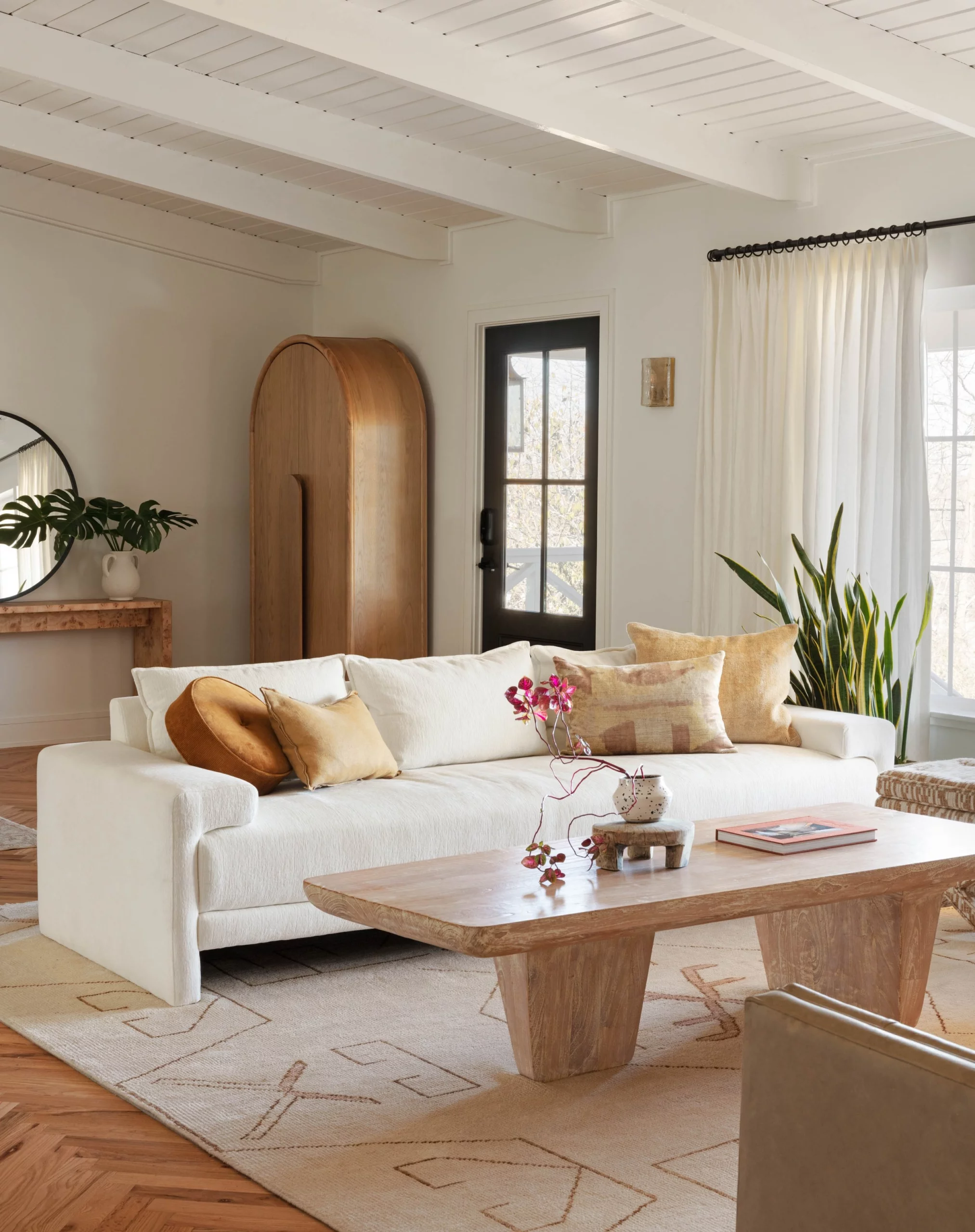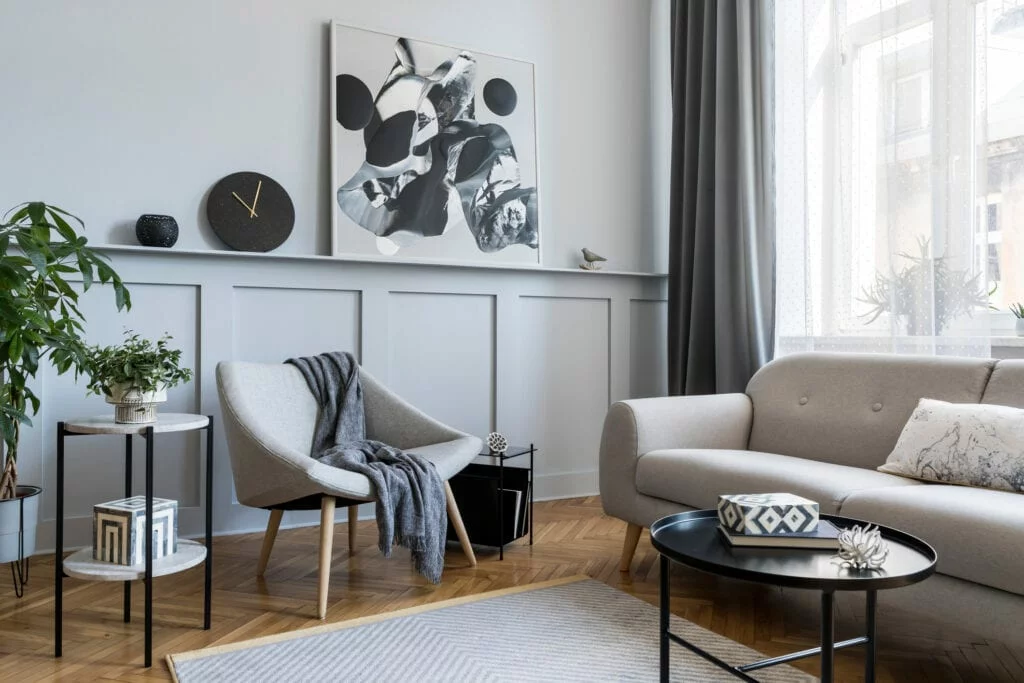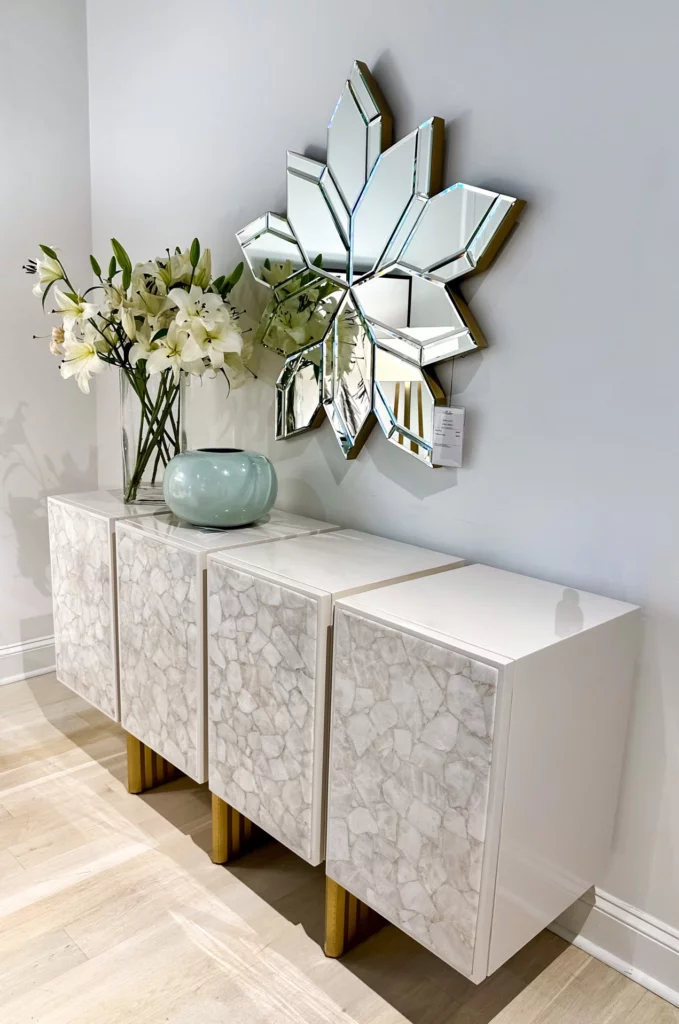Elements of Interior Design: #1 Space
by Haus of Blaylock
Understanding Space in Luxury Interior Design
Welcome to the Haus of Blaylock blog, where we explore the fundamental elements of luxury interior design. Today, we focus on the first and most crucial element: space. In high-end interior design, space is the foundation upon which all other design elements are built. It is essential in creating luxurious, functional, and visually appealing interiors.
Defining Space in Interior Design
Space in interior design refers to the area within and around objects in a room. It is categorized into two types: positive space and negative space.

Positive Space
Positive space is the area occupied by furniture, decor, or architectural features within a room. This space draws the viewer’s attention and serves as the focal point of the design. In luxury interior design, positive space is often filled with high-end furnishings and art pieces that exude sophistication and style.
Negative Space
Negative space, on the other hand, is the empty or unused area around and between objects. This space is vital for balancing the design, providing visual breathing room, and enhancing the overall sense of luxury. In high-end interiors, the careful management of negative space contributes to a clean, uncluttered look that radiates elegance.
The Role of Space in Luxury Interior Design
In luxury interiors, space plays a pivotal role in creating an atmosphere of grandeur and opulence. Large, open spaces with high ceilings, expansive entrances, and roomy interiors are hallmarks of luxury design. These elements contribute to a sense of scale and magnificence that is central to high-end living.
However, luxury is not limited to large spaces. With the right design approach, smaller spaces can also achieve a luxurious feel. Here are some strategies to enhance the perception of space in luxury interior design.
Enhancing Space in Interior Design

Light Colors and Reflective Surfaces
One effective way to make smaller spaces appear larger is by using light colors on walls and floors. Light colors reflect more light, creating an illusion of expanded space. Additionally, incorporating mirrors and reflective surfaces can amplify this effect, adding depth and brightness to the room.
Architectural Features
Incorporating unique architectural features is another way to elevate the luxury of a space. Elements like crown moldings, coffered ceilings, and decorative arches add character, depth, and texture to a room. These details not only enhance the visual appeal but also contribute to the overall sense of grandeur.
Furniture Placement
Furniture placement is critical in maximizing both positive and negative space in luxury interiors. Arranging furniture to highlight a focal point—such as a grand fireplace or a striking piece of artwork—creates a sense of balance and visual interest. This thoughtful arrangement makes the room feel more inviting and comfortable, reinforcing the luxurious atmosphere.
Mastering the use of space is essential in luxury interior design. Whether working with large, open areas or smaller, more intimate rooms, understanding and applying the principles of space can transform any interior into a haven of luxury. At Haus of Blaylock, we specialize in creating interiors that are both functional and stunning, expertly balancing positive and negative space to achieve the epitome of luxury living.

